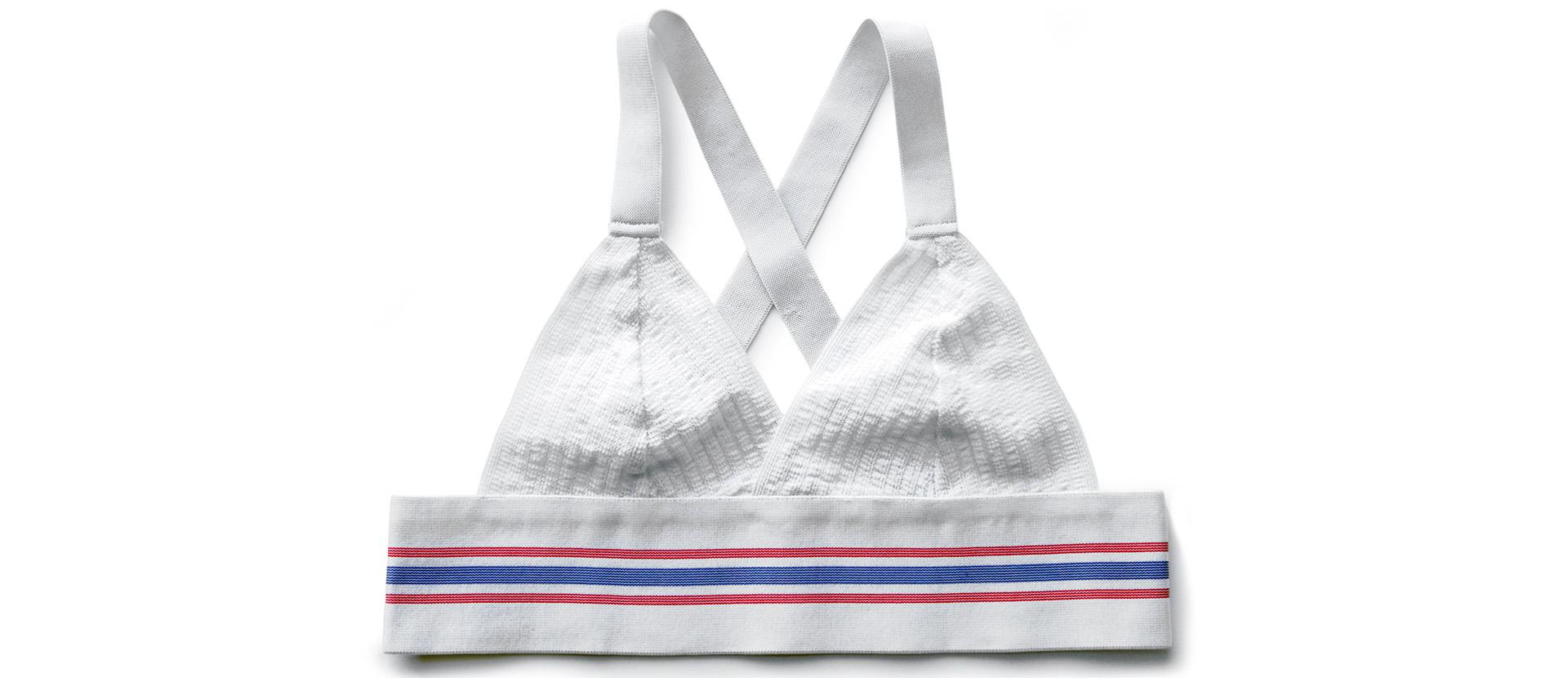<body><p>Array</p></body>
Jean-Honoré Fragonard (1732-1806) is undoubtedly the most emblematic painter of the decades preceding the French Revolution. From landscapes to genre painting, historical painting, grand interior paintings and even portraits, he happily took to all styles ; according to his first biographer, however, “he was dedicated [above all] to the erotic genre with which he had great success”. Indeed, the theme of love and romance is central to his works. Little is known about his personal life. It appears that his supposed liaisons with the famous courtesans of his time, such as Marie-Madeleine Guimard (1743-1816), were invented in the 19th century. According to the most reliable accounts, Fragonard was a good husband and a good father.
His marriage, in 1769, to Marie-Anne Gérard (1745-1823) was a long and happy one. Like him, she was an artist, painting in miniature, and was from Grasse in the south of France. At the end of his career, in the 1780s, Fragonard worked with his young sister-in-law Marguerite Gérard (1761-1837), who went on to become a talented painter. No evidence has been found to suggest that they were lovers.
The romantic ardour of "Frago", as he called himself, can be found elsewhere, in his work. As the Enlightenment accorded a new place to feelings and subjectivity, and the increasingly popular fledgling romantic genre put love at the heart of its stories, Fragonard used his pencils and canvases to develop a thousand variations on the sentiment, in line with the context of his era. It is the exploration of this theme of love and romance that we are going to pursue; from the last flames of gallant love and the triumph of libertinism, to the blossoming of a more sincere, sensitive and already "romantic" version of love.
Book your ticket billet


